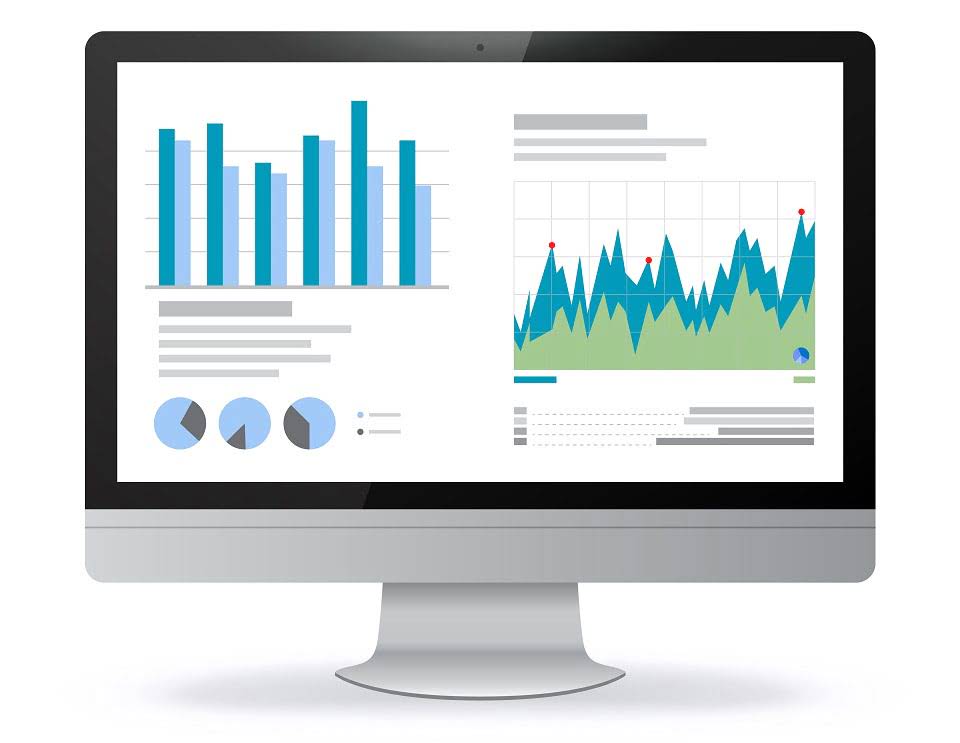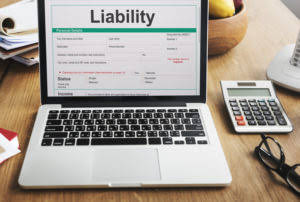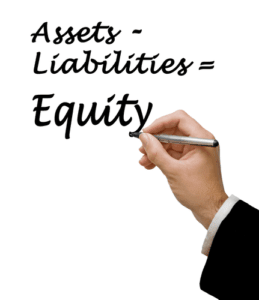
CFI is Car Dealership Accounting the global institution behind the financial modeling and valuation analyst FMVA® Designation. CFI is on a mission to enable anyone to be a great financial analyst and have a great career path. In order to help you advance your career, CFI has compiled many resources to assist you along the path. Equity multiplier does not take into account interest payments on debt, types of debt a company has, or types of equity a company has. We put together this guide to cover everything you need to know about the equity multiplier and how to use it. Financial ratios allow you to learn more about several areas of a business.

The Financial Modeling Certification
The equity multiplier is a financial ratio that measures the debt-to-equity ratio of a company. This ratio is used by creditors to determine the financial risk of lending money to a company. The equity multiplier is a ratio that is commonly used to measure the proportion of equity financing in the capital structure of the business. In other words, it shows the proportion of shareholder’s equity as compared to debt in the financing the assets of the company. Apple’s relatively high equity multiplier indicates that the business relies more heavily on financing from debt and other interest-bearing liabilities.

Leverage Analysis
It helps investors and analysts understand how much of a company’s assets are funded by Certified Public Accountant shareholders’ equity versus debt. By examining the equity multiplier, stakeholders can assess the extent to which a company is relying on borrowed funds to finance its operations and growth. A higher equity multiplier indicates a greater reliance on debt, which can lead to higher potential returns but also increases the risk of financial distress if the company cannot meet its debt obligations.

Use of Equity Multiplier Formula
- After almost a decade of experience in public accounting, he created MyAccountingCourse.com to help people learn accounting & finance, pass the CPA exam, and start their career.
- A higher equity financing gives the company a flexibility to raise capital from investors without the obligation to pay it back in full amount with interest.
- Tom’s return on equity will be negatively affected by his low ratio, however.
- In the example above, along with the equity multiplier, we get an overview of operational efficiency (i.e., 20%) and efficiency of the utilization of the assets (i.e., 50%).
The company’s telecommunications business model is more reminiscent of utilities firms, which have stable, predictable cash flows and typically carry high debt levels. The equity multiplier is calculated by dividing the value of assets a company owns to its stockholder’s equity. A high equity multiplier implies that a company mostly uses debt financing to purchase assets, while a low equity multiplier suggests it relies more on equity.
- Moreover, it lets investors see what day-to-day operations look like.
- By using this multiplier, an investor is able to know whether a company invests more in debt or more in equity.
- By analyzing the equity multiplier, stakeholders can gain insights into the company’s risk profile and overall financial health.
- In other words, the equity multiplier shows the percentage of assets that are financed or owed by the shareholders.
- If the ratio is high, it would signify that the proportion of debt is higher as compared to equity and a lower ratio would indicate a higher proportion of equity.
- The Equity Multiplier plays a crucial role in financial analysis by providing insights into a company’s financial leverage and risk profile.
- The equity multiplier is a financial ratio that measures how much of a company’s assets are financed through stockholders’ equity.
The equity multiplier is just a calculation, so it doesn’t consider the risk of the investment or your personal situation. ABC Company is more leveraged than XYZ Company, and therefore has a higher level of risk. This is because a greater portion of ABC Company’s financing comes from debt, which must be repaid with interest. If ABC Company is unable to generate enough revenue to cover its interest payments, it may default on its debt obligations.
In that case, it’s possible ROE could have increased because the company was taking on debt. Depending on the industry standard, businesses can determine whether this ratio is higher or lower. Every investor needs to look at other companies in similar industries and the equity multiplier is equal to glance at different financial ratios to get a better idea of where each of them stands. This is an essential consideration since financial leverage would be higher/ lower depending on the equity multiplier calculation (whether the multiplier is higher or lower). That means if the company is financing its assets more by debt financing and the other companies in the industry have been doing the same, then this may be the norm. An equity multiplier of 5.0x would indicate that the value of its assets is five times larger than its equity.

1) To increase the equity multiplier through increasing debt, a company can take on more debt. This will increase the numerator of the equity multiplier equation, while keeping the denominator (equity) constant. While equity multiplier is a useful tool for assessing financial leverage, it is important to keep in mind its limitations. You can use an equity multiplier calculator or manual equity multiplier calculation. Once you have the equity percentage, you can see financing between equity. This is not a problem while the interest rate environment is benign, but it’s a risky strategy when conditions change.
- The equity multiplier is therefore a variation of the debt ratio, in which the definition of debt financing includes all liabilities.
- If assets increase while liabilities decrease, the equity multiplier becomes smaller.
- The equity multiplier is a useful tool for investors to monitor risk and understand how a company generates returns for investors.
- High equity multiplier indicates a higher degree of financial risk, since the company is more reliant on debt financing.
- It’s helpful by itself and as part of a DuPont analysis, which is a financial tool that breaks out how a company generates a return on equity (ROE).
- The interpretation of the equity multiplier levels should not be done separately from other figures that may help in understanding the financial position of a company.
- In fact, creditors and investors interested in investing in a company use this ratio to determine how leveraged a company is.
Debt and Financing

Higher financial leverage, such as a higher equity multiple, drives ROE upward as long as all other factors remain equal. Tom’s return on equity will be negatively affected by his low ratio, however. So let’s take a look at what high equity multiplier and low equity multiplier might mean.
